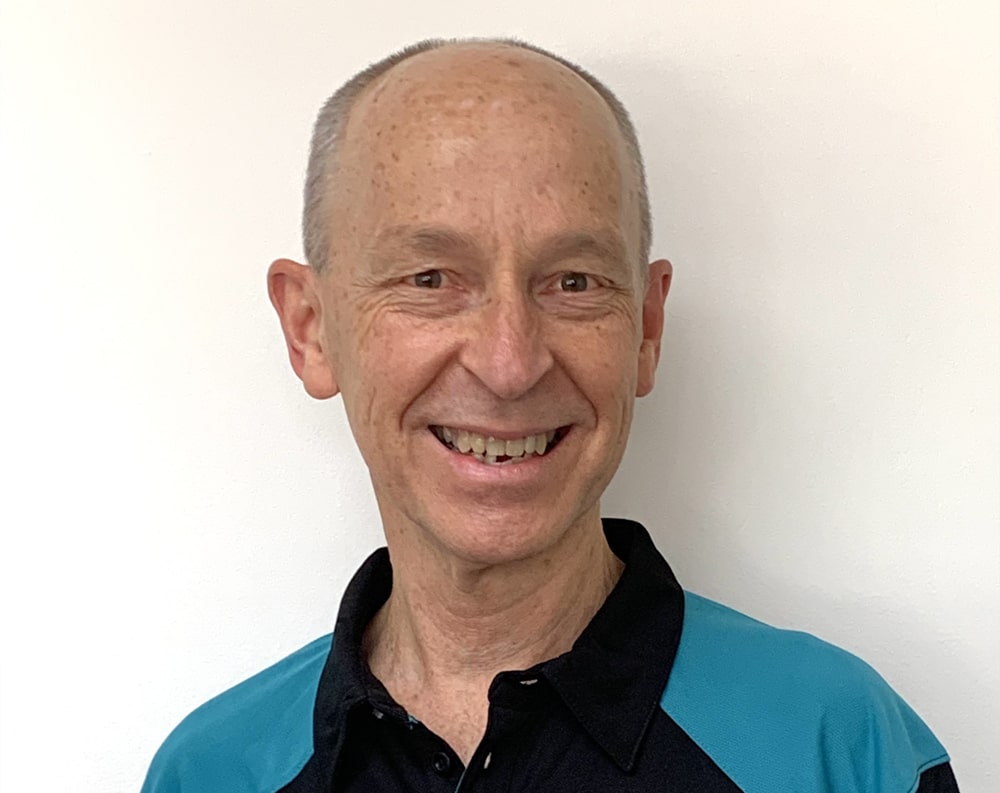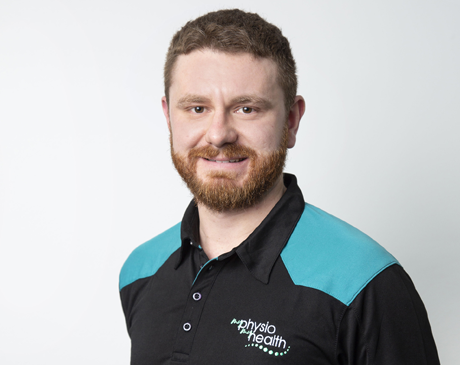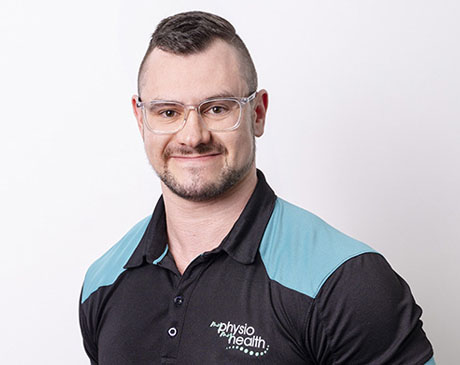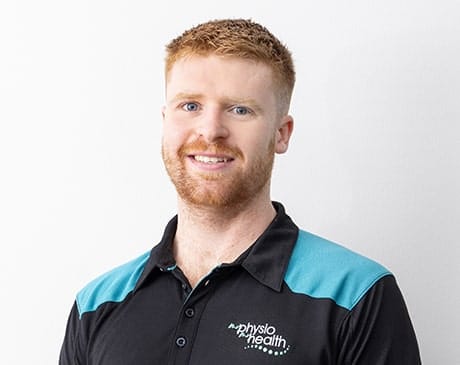Treatment for Vertigo & Dizziness
If you currently have symptoms please contact your local My Physio My Health clinic in Adelaide to book an appointment with one of our vestibular physiotherapists who will be able to assess your inner ears and put together a treatment program. At My Physio My Health Kilkenny, our senior physiotherapist Luke Ryan has extensive experience in the treatment of vertigo and dizziness.

BPPV
Benign Paroxysmal Positional Vertigo (BPPV or BPV) is a disorder of the inner ear that effects individuals’ sense of balance especially in older people.
Benign: means not serious cause
Paroxysmal: refers to the fact that dizziness comes in sudden short bursts usually lasting only few seconds
Positional: meaning onset is induced by change in position
Vertigo: is the medical name for Spinning sensation felt
Symptoms of BPV
- The main symptom is intense dizziness(vertigo) which lasts for 10- 20 seconds, but no longer than a minute.
- It is often associated with imbalance or unsteadiness during walking and nausea. The nausea may last an hour or so even though the vertigo lasts few seconds.
- Symptoms are provoked by a change in head position, example from rolling over in bed, bending down or looking up in a cupboard, lying down from an upright position, sudden head movements etc.
- In most cases, the symptoms resolve in a few weeks or months.
Causes/ Etiology
- The most common cause of BPPV is idiopathic.
- However, degenerative changes of the vestibular system in the inner ear as one ages can attribute to potential cause of BPPV.
- Damage caused by an inner ear disorder
- Head injury
As part of the vestibular system, there are calcium carbonate crystals (known as otoconia), which are normally attached in a thick jelly like substance. In cases of BPPV, these crystals can detach from the jelly like substance and migrate to any of the three semicircular canals. Each ear has three semi circular canals and there job is to detect which direction your head is moving in. Once inside one of the three canals, the tiny crystal particles then move around in the canal. The particles brush along the delicate hairs that line the semicircular canal. This in turn sends messages down the vestibular nerve. These extra nerve messages sent from the affected ear conflict with the normal messages sent from the other unaffected ear. The brain becomes very confused and reacts by causing intense dizziness.
The posterior semicircular canal is the canal usually affected and is generally seen in only one ear.
Diagnosis of BPV
- Diagnosis is based on the patient’s history and symptoms
- By performing positional test called the Dix-Hallpike manoeuvre. The clinical test involves patient sitting on a couch, and then the therapist will lie patient back supporting the patient’s head and moving in certain directions throughout. These set movements trigger an episode of vertigo if the diagnosis is BPPV.
Vestibular Treatment & Rehabilitation
The most common treatment option is called an ‘Epley manoeuvre ‘or canalith repositioning manoeuvre. Physiotherapist can treat this condition by moving patient’s head through a number of different head and body positions holding each position for about 30 seconds. The aim is to re-position or relocate the crystals out of the semicircular canals, where they will be re absorbed by patient’s body. It is normal for patient to feel dizziness symptoms during or residually lasting short term following the treatment.
Post Epley manoeuvre the following recommendations are advised in order to allow the otoconia to settle into their new position in the vestibule.
- Do not lie flat for 48 hours- use two pillows or sleep sitting in a chair
- Do not lie on the affected side for a week
- Try and avoid bending over, standing up too quickly or moving the head in jerky quick movements for a wee
Many individuals have complete resolution of symptoms in one to three treatments. A home exercise program is usually provided to guide self-management and reduce the chances of dizziness or vestibular symptoms associated with BPPV from returning anytime in the future.
Our Physios with a Special Interest in Vertigo
Ravi Kataria
Physiotherapists | APAM
- Unley
Ravi Kataria is a senior clinician with 16 years of experience, specialising in…
Meet Ravi
Sailendra Kundrapu
Director/ Musculoskeletal & Sports Physiotherapist | APAM
- Holden Hill
- Lightsview
After completing his Masters degree in Sports, Manual and Orthopaedic…
Tom Jennings
Senior Physiotherapist | APAM
- Lightsview
Tom Jennings is our physiotherapist who has completed his Bachelors…
Nick de Vries
PHYSIOTHERAPIST | APAM
- Kilkenny
- Woodville
Nick completed his studies at the University of South Australia with a Masters…
Meet Nick
My Physio My Health
Trust our team of physiotherapists to help you recover faster and improve your quality of life.

 WISHING EVERYONE A HAPPY NEW YEAR! WE'VE RETURNED TO OUR REGULAR OPENING HOURS
WISHING EVERYONE A HAPPY NEW YEAR! WE'VE RETURNED TO OUR REGULAR OPENING HOURS








